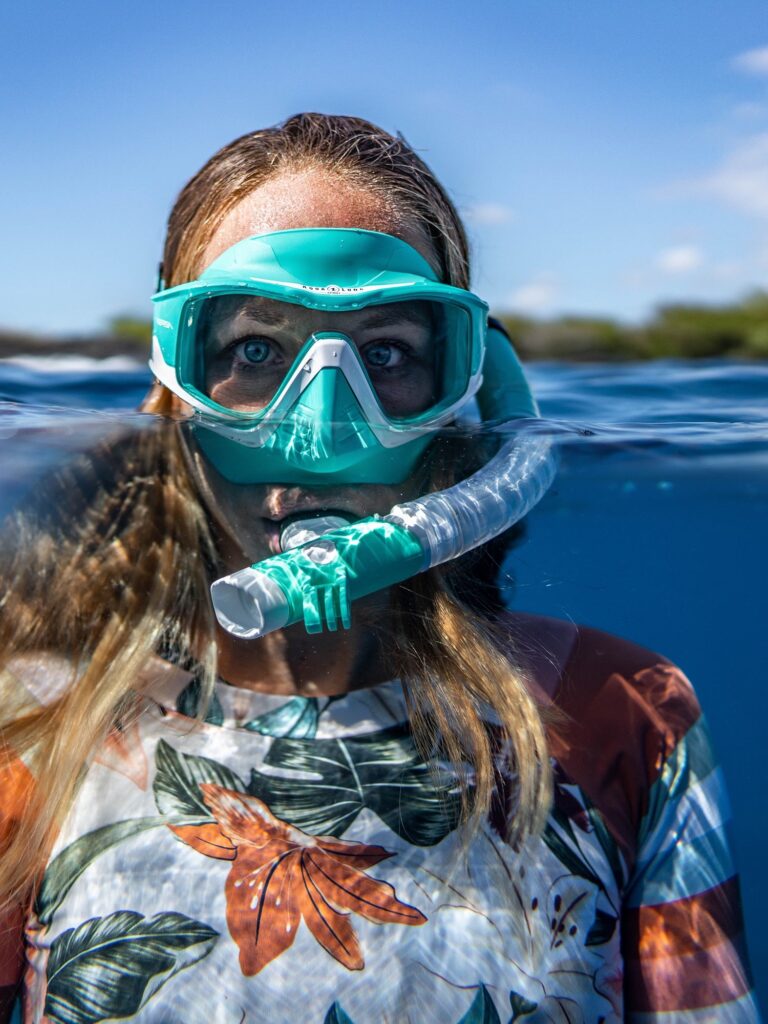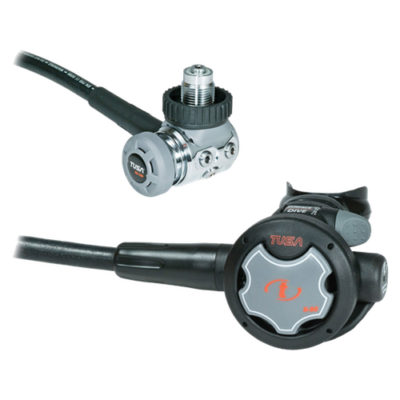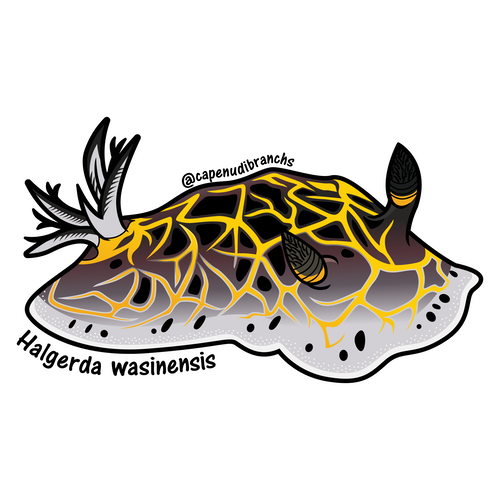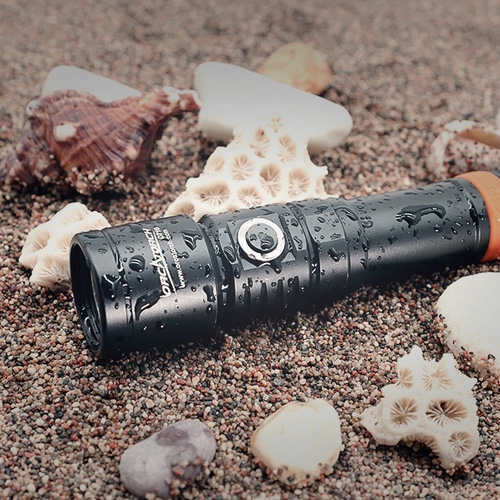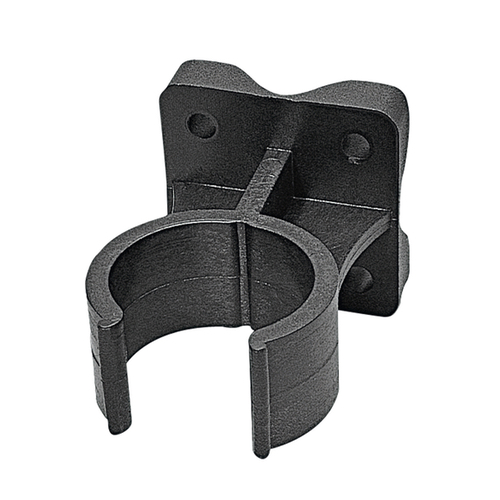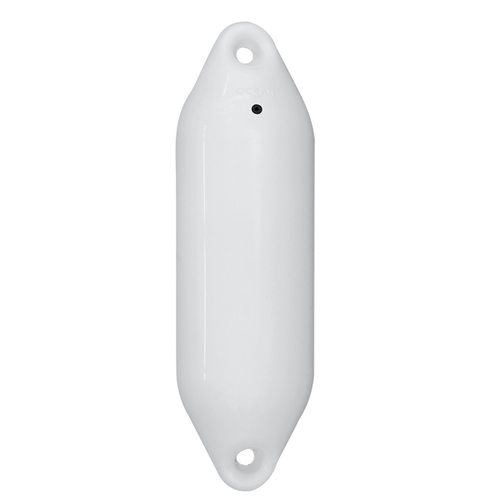These are the two methods of connecting the first stage of the regulator to the cylinder valve.
A-clamp has several alternative names including International, and yoke. DIN however has only one, although several informal names when it gets stuck, such as bastard and some shorter words beginning with s or even f. DIN stands for Deutsches Institut für Normung (German Institute for Standardization; similar to the US ANSI).
So which of these is the better system?
A-clamp
Advantages:
The most universal used system in the world. Pretty much found everywhere.
Easy and quick to attach and remove.
Disadvantages:
Can only handle up to 232 bar.
The sealing O ring has a tendency to let go, Fortunately this seems only to happen on the surface.
Usually after hooking up. The main causes are; not tightening it up enough followed by a damaged O ring. If it’s not tight enough or damaged it can let go as the diver hits the water. This is due to the O ring reacting to the temperature change of the water.
DIN
Advantages:
Can handle 300 bar.
Very unlikely to have the O ring fail.
A more compact system than the A-clamp.
Disadvantages:
If traveling it’s better to buy an adapter as many cylinders do not have removable inserts.
Carry two types of Allen key to remove inserts when required. This is quite a hassle.
Cylinder valves without inserts are easily damaged with a hard knock, requiring replacement. Both the valve and the DIN threads quickly become corroded. This makes screwing in the thread and particularly removing it, difficult.
Although the O ring between the regulator and valve will not fail, using force to unscrew the stuck threads has often unscrewed and loosened the DIN assembly. This has caused several serious incidences where the internal O ring has failed at depth.
To prevent this, the assembly must be properly torqued during service (not always done).
In Conclusion
If you use a 300 bar cylinder use DIN. Most Tech training courses insist on DIN.
For ease of use and convenience, use A-clamp. but check those O rings on the cylinder.








